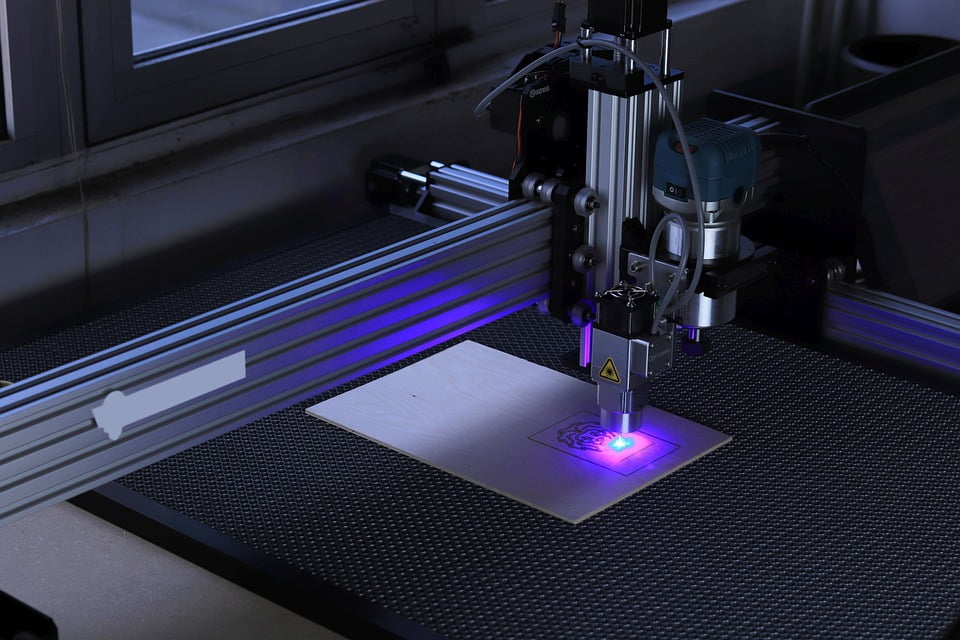
Experience is a ground-breaking resource, particularly in the continually changing design world. So as to market your aptitude, it’s basic to invest thought and energy into completely building up your profile. Basically, your profile is a flood of stories that displays your work. As you take on new projects or adapt new skills, your story develops—and your profile ought to advance with it.
It might feel somewhat scaring to hire graphic design if you don’t think a lot about the design business, however finding the most ideal applicant isn’t just an issue of talent. You’ll likely get notification from a few candidates who have the design skills to convey strong outcomes, so don’t get too hung up on what you don’t have the idea. Rather, concentrate on finding an applicant who is anything but difficult to work with, finds inventive solutions for design issues, and demonstrates that they’re focused on the prosperity of your project.
The task to hire graphic designer may feel threatening particularly when you don’t have the learning about the profession of graphic designing. While hiring a graphic designer isn’t care for chasing a unicorn. It is a basic procedure simply like hiring some other experts if you know precisely what to do and what to search for in a graphic designer.
- Make your brand with a professional image
Your photograph establishes the first impression and helps make your personal brand. Utilize a headshot of you dressed expertly. Naturally, designers are creatives so it’s alright to grandstand some personality and character in your photograph, however, please keep it proficient and don’t represent your image as that is against the policies of the company. Additionally, ensure your photograph is in concentration, high resolution, and has a plain foundation.
- Go with the most suited design title
Titles give a planned customer a high-level outline of your mastery. Since many design jobs share comparable duties and there is no authoritative set of rules around them, designing titles can be befuddling. To help make it simpler for customers to comprehend what you do, clarify what kind of designer you are and the sort of work you can convey. Make it short and significant—we suggest under 10 words.
Here are some broad depictions to help you as you create your title:
- Graphic designer: concentrate on visual communication and utilizations software, for example, Adobe Photoshop or potentially Illustrator. They use typefaces, images, color, hierarchy, and placement to make a visual design. Some might be increasingly specific as visual brand designers or logo designers. Work may include website page mockups, illustrations, branding rules, style guides, and so forth.
- Web/Interactive Designer: centers around the visual design and highlights of a site by making mockups and responsive designs. They use Adobe Photoshop and Illustrator, and some may know HTML and CSS and have a comprehension of front-end web development. A few designers represent considerable authority in specific kinds of content management systems (CMS, for example, WordPress or Drupal. Others may utilize simplified webpage developers to make sites or mockups.
- UI Designer: characterizes how various components like menus or buttons carry on and how individuals use them to explore the site. Work may include interface designs, interface formats, interaction designs, visual designs, and setting up visual rules. Mobile UI designers center around mobile applications and mobile versions of sites.
- UX Designer: centers around the client’s all-encompassing background. They investigate how clients interface with the product and guarantee the experience isn’t confounding and does what clients anticipate that it should do. Work may include client explore (counting client testing and face to face interviews), task analysis, field look into and detailed examination, content systems, client persona development, data design, wireframes, layouts, and prototypes. A mobile UX designer centers around mobile applications and mobile versions of sites.
- Motion Graphics Designer: makes complex graphics, videos, and animation and works at conceptualizing, storyboarding, editing, and so forth. They use the software, for example, Apple Motion, After Effects, Premiere Pro, Final Cut Pro, Avid, Maya, 3D Studio Max, Cinema 4D, and other software. Work may include title and post-production work, sight and sound crusades, animated illustrations, promotional videos, computer artwork, and so forth.
- Display your expertise in the overview section
Your overview is your pitch to potential customers. It should plainly recount to your story and show why customers should recruit you over another freelancer. Start by portraying your true experience, design approach or theory, the sorts of customers you’ve worked with, and the work you’re most enthusiastic about.
Your overview should enable customers to respond to these inquiries:
What is your design claim to fame, specialty, or area of core interest?
- Which expert encounters or past projects would you say you are most pleased with and feature your skill? Incorporate long periods of experience and understood organizations or offices you’ve worked for.
- What sort of work or activities would you say you are interested in and who are you enthusiastic about working with?
Being concise is critical; don’t choose a clothing list of skills to save that for the Skills segment.
- Consider your portfolio as your greatest hits album
The portfolio area is one of the most significant things customers use to assess freelancers, so assembling an incredible portfolio will be well justified, despite all the trouble. Ensure you have your customers’ consent before you post anything!
- Present the kind of work you need to get. In the design field, observation is a reality. If you’re ready to demonstrate incredible design work in a particular area, at that point customers will believe that you’re a specialist around there. If you need to concentrate on WordPress design, UI design, or design for a specific industry, for example, web-based business sites, at that point you should feature that kind of work. If you have more than one specialized topic, your portfolio should reflect your wide scope of abilities.
- Establish the most ideal first impression. Put your best work upfront by putting the best pieces in the initial four tiles. Just display your closest to perfect and most delegate work and keep any examples you aren’t glad for out of your portfolio.
- Tell a story in words or visually. Transform every portfolio piece into a case analysis. Transfer different screenshots and portrayals for each tile. Take potential customers through your procedure and portray your job. Incorporate the technologies and tools you utilized both in the project description and project skills segment.
- Keep it updated. Update your portfolio as you finish new projects and expel pieces that are never again illustrative of your best work. Likewise, if you keep up an individual portfolio, make sure to refresh your Upwork portfolio simultaneously.
- Make a priority of the most important skills
The most ideal approach to augment the Skills section is to include new skills as you create them or take on new projects and expel old skills as they become obsolete. Place your most grounded and most pertinent skills in front. Ensure you select the skills you genuinely exceed expectations at skills that can incorporate overall themes or design tools.
- Display your success stories
If you’re new to the freelance space, include data about your past expert history, particularly if you’ve worked with top inventive offices or huge customers. In case you’re experienced, don’t hesitate to list any long term work or significant projects.





Tech content on this site may include contributed articles and partnerships with industry voices. Learn more in our Editorial Policy.